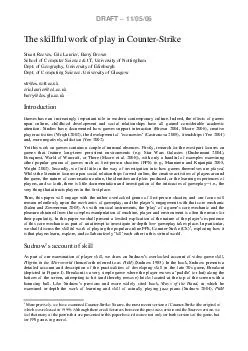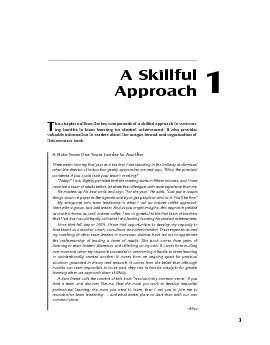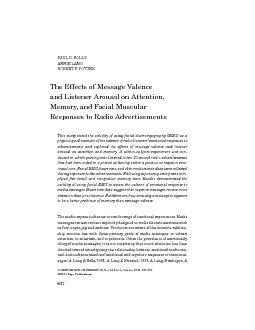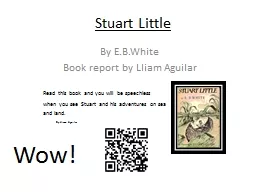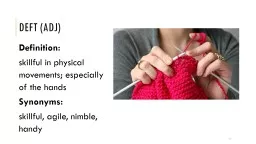PDF-DRAFT The skillful work of play in CounterStrike Stuart Reeves Eric Laurier Barry Brown
Author : tatiana-dople | Published Date : 2014-11-23
of Geography University of Edinburgh Dept of Computing Science University of Glasgow strcsnottacuk ericlaurieredacuk barrydcsglaacuk Introduction Games have an increasingly
Presentation Embed Code
Download Presentation
Download Presentation The PPT/PDF document "DRAFT The skillful work of play in Cou..." is the property of its rightful owner. Permission is granted to download and print the materials on this website for personal, non-commercial use only, and to display it on your personal computer provided you do not modify the materials and that you retain all copyright notices contained in the materials. By downloading content from our website, you accept the terms of this agreement.
DRAFT The skillful work of play in CounterStrike Stuart Reeves Eric Laurier Barry Brown: Transcript
Download Rules Of Document
"DRAFT The skillful work of play in CounterStrike Stuart Reeves Eric Laurier Barry Brown"The content belongs to its owner. You may download and print it for personal use, without modification, and keep all copyright notices. By downloading, you agree to these terms.
Related Documents

